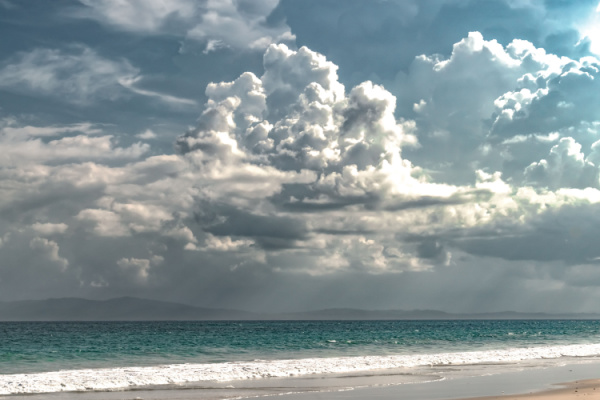Last week, 2023 roared out with 40ft waves that some residents described as “tsunami like” pummeling Californian coast, causing property damage, serious injuries, and closing beaches.
Officials issued a number of warnings for the weather and advised people to stay out of the water. “We really want to hammer home that beaches will be very dangerous,” said weather service meteorologist Nicole Sarment. “People should really not even go.”
Many people have been scratching their heads, wondering what the heck caused this massive wave phenomenon?
It comes down to Syzygy. So what is Syzygy? Sun, moon, Earth and tides collide for a last minute end of 2023 storm hitting California all at once!
We had a big beautiful Cold Full Moon on Christmas Day. Moon cycles affect tides. Also, the Perihelion phenomenon – when the earth and sun are the closest (this actually occurs on January 2nd around 4:45pm PST).
Concurrently there have also been low-pressure systems in the Pacific Ocean, with storms that have been causing large swells coming into the US coastline. “As those (swells) come to the coast and they break, that’s when you get those large waves at the coastlines and at the beaches,” said weather service meteorologist Alexis Clouser.
Let’s break down the contributing factors: wind speed, fetch, and time.
Giant waves result from high wind speeds over the ocean. When strong winds blow across a large stretch of open water they generate waves. The greater the wind speed, the more energy is imparted to the water, leading to the formation of larger waves. During storms, where wind speeds are intensified, the combination of sustained high winds and turbulent conditions cause the type of waves seen in California.
Fetch refers to the distance over which the wind blows across the water. A long fetch allows the wind to act on the ocean surface for an extended period, enabling the transfer of energy to the water and the creation of larger waves. The longer the wind blows over the water, the more time there is for wave development.
Over time, smaller waves will crash into each other, either constructively or destructively. Constructive interference, where wave crests align, can lead to the sudden formation of a much larger wave. This phenomenon is more likely to occur with extended periods of wind which is being seen with the Pacific storms.
—
Photo Credit: Ashish_wassup6730 / Shutterstock.com
